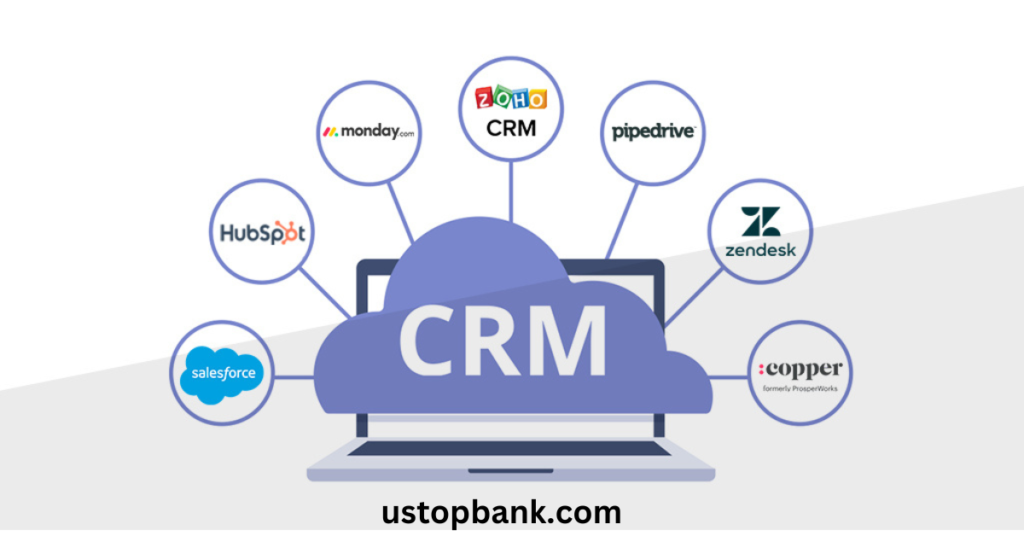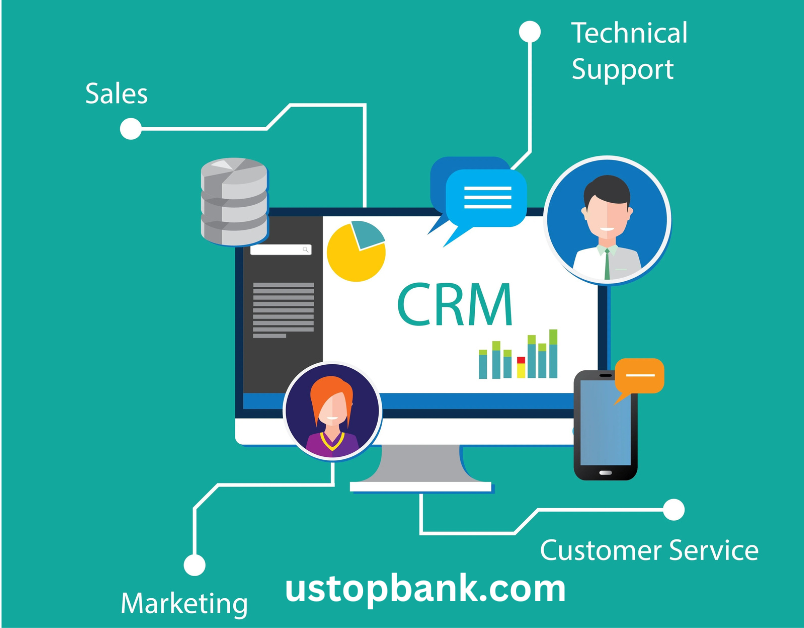Ever wish your business had a personal assistant—someone who remembers every customer, keeps your team organized, and helps boost sales? That’s exactly what CRM software does, and trust me, it’s a game-changer.
Companies that use CRM effectively can see up to a 41% boost in sales productivity. CRM (Customer Relationship Management) software is now a must-have for businesses. It helps improve customer relationships, simplify processes, and increase profits. In today’s competitive market, using a CRM isn’t just an option—it’s a smart business move.
This guide will explain why CRM is important, share best practices for implementation, and highlight common mistakes to avoid. Whether you run a small business or work for a big company, these insights will help you make CRM work for you.

Why CRM Software is a Game Changer
CRM software changes the way businesses interact with customers. It keeps all customer information in one place, makes work more efficient, and helps build stronger relationships. Companies using CRM see big improvements, with some reporting up to 41% more sales per salesperson.
But CRM isn’t just about increasing sales. It also improves customer satisfaction and loyalty. When businesses offer personalized experiences and timely follow-ups, they stand out from the competition. A well-planned CRM strategy ensures these benefits, helping businesses grow and succeed.
Planning for CRM Success
Good planning is key to CRM success. First, identify your goals. Do you want to keep customers longer, improve sales, or run better marketing campaigns? Knowing your objectives will help you choose the right CRM platform.
Picking the right software is just as important. Look for a system that’s easy to use, scalable, and includes features like automation, analytics, and integrations. Popular options include Salesforce, HubSpot, and Zoho CRM. Cloud-based CRMs are now the industry standard because they’re flexible and cost-effective.
Before jumping into CRM, take a step back and plan. A CRM is only as effective as the effort you put into setting it up.
- Define Your Goals: Are you focused on customer retention? Sales growth? Knowing this makes choosing a CRM easier.
- Pick the Right Platform: Start small with scalable platforms like Zoho CRM or choose Salesforce for advanced features.
Here’s a quick comparison:
| Feature | Zoho CRM | Salesforce CRM |
|---|---|---|
| Scalability | Best for small businesses | Great for large enterprises |
| Ease of Use | Simple setup | More complex but powerful |
| Pricing | Budget-friendly | Premium pricing |
Once you choose a CRM, create a clear plan with timelines and milestones. Make sure your team is on board and knows what to expect.
Steps to Implement CRM Successfully
- Clean Up Your Data – Before moving data to the CRM, remove duplicates and update outdated records. Clean data ensures better results.
- Integrate with Other Systems – Connect your CRM with tools like email, marketing software, and ERP systems to automate tasks and improve workflow.
- Customize the CRM – Set up dashboards, workflows, and reports based on your business needs. This makes the CRM more effective.
- Train Your Team – Offer training to ensure employees know how to use the system. Provide guides, workshops, and ongoing support.
- Roll Out in Phases – Start with a small group, gather feedback, and make improvements before launching company-wide. This reduces disruptions.
Best Practices for CRM Success
- Ongoing Training: Keep employees updated on new features and best practices.
- Regular Updates: Review CRM performance, add useful features, and remove unnecessary ones.
- Use Automation: Save time with automated tasks like follow-ups and reporting.
- Analyze CRM Data: Track trends, customer behavior, and campaign success for better decision-making.
Leading companies like Amazon and Apple use CRM systems to improve customer experience and boost efficiency.
Overcoming Common CRM Challenges
- Employee Resistance: Some employees may hesitate to use CRM. Get them involved early and show how it makes their jobs easier.
- Overcomplicating Setup: Stick to essential features instead of overwhelming users with too many options.
- Security Concerns: Protect customer data by using a CRM that follows security standards like GDPR and HIPAA.
- Integration Issues: Ensure your CRM works smoothly with your existing tools. Contact vendor support if needed.
By communicating clearly and focusing on user needs, businesses can handle these challenges effectively.
Measuring CRM Success
Once your CRM is up and running, how do you know it’s working? Track these key metrics:
- Customer Satisfaction (CSAT): Use surveys to measure customer happiness.
- Sales Growth: Compare sales before and after CRM implementation.
- User Adoption Rates: Monitor how often employees use the system.
Regular feedback helps fine-tune the system. If sales teams struggle with certain features, make necessary adjustments.
Since business needs change over time, revisit your CRM strategy every six months to ensure it still aligns with your goals.
Final Thoughts
CRM implementation can transform your business by improving efficiency and driving growth. With proper planning, smooth execution, and continuous updates, you can unlock its full potential.
If you’re ready to get started, try a CRM demo or consult an expert for personalized guidance. The key to success is aligning technology with people and processes. Take the first step today and set your business up for success.
FAQs
What’s the first step in CRM implementation?
Define clear goals. Identify what challenges you want to solve, such as improving customer service, increasing sales, or better data tracking.
How do you get employees to use the CRM?
- Involve them in the selection process.
- Provide training based on their roles.
- Gather feedback and make improvements.
- Assign CRM champions to encourage usage.
What are common CRM mistakes?
- No clear objectives or planning.
- Poor training and support.
- Overcomplicated customization.
- Ignoring data quality issues.
- Lack of change management.
How do you measure CRM success?
Track key performance indicators like:
- Increased sales and conversion rates.
- Lower customer churn rates.
- Higher customer satisfaction scores.
- Better employee productivity and CRM usage.
What are best practices for maintaining a CRM?
- Keep the system updated.
- Audit data regularly.
- Train employees on new features.
- Gather user feedback to optimize processes.
- Align CRM strategy with business goals.
